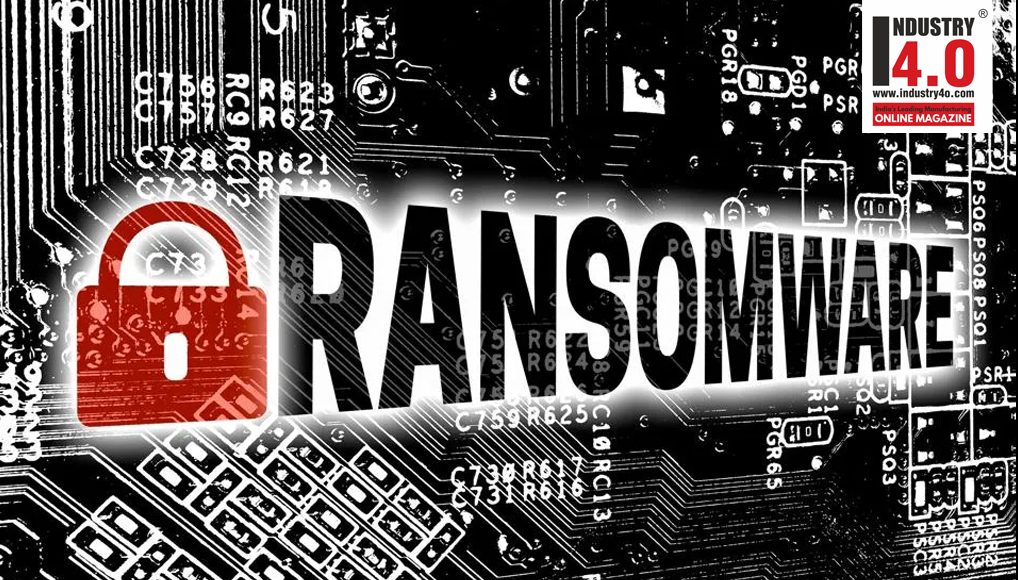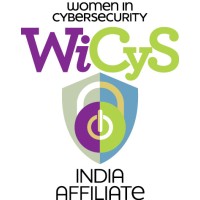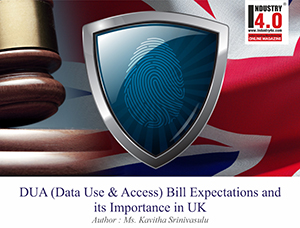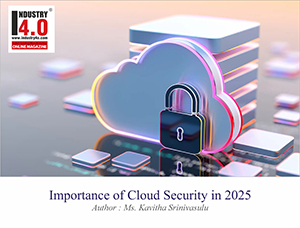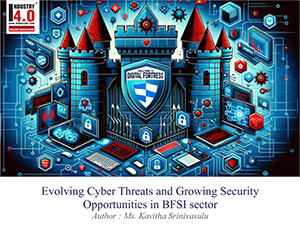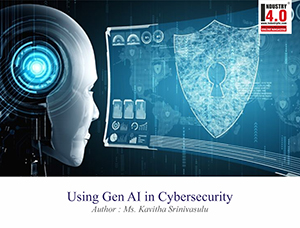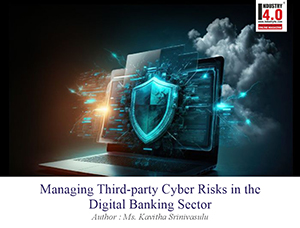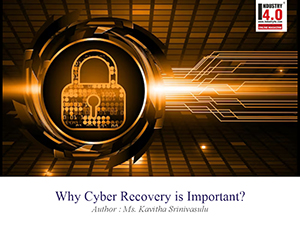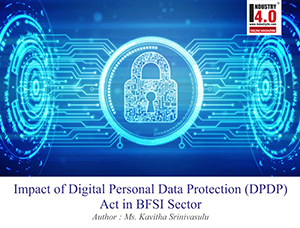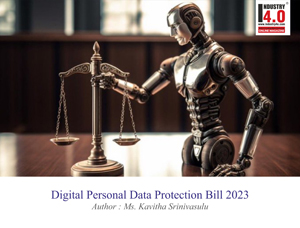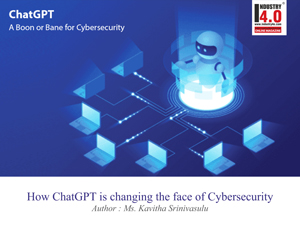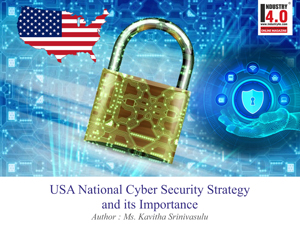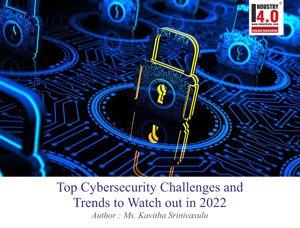Increase of Ransomware Attacks in 2025
Ransomware attacks have become much more common with technology growing across the industries, it is not only complex and challenging, but they are more sophisticated and costly in the past and in coming years. Ransomware attacks continued to trend upwards in 2025, rising by 11% compared to 2024, underlining the resilience of Enterprise security culture.
Ransomware attacks are up in recent times, with cyber criminals succeeding in encrypting the data or locking the data in over half of the attacks arising in the industries across the globe. The time taken to recover, the cost involved during the crimes and the type of ransomware attacks are changing with time. Some of the key patterns that’s shooking the industries across are:
✦ Devastating nature of cyber wars
✦ Emerging Technology trends
✦ Evolving strategies and patterns used by ransomware actors
✦ Increased targeting of edge devices
 The BFSI industry has been the favorite target for many of the malicious cyber criminals, leading to cybersecurity and data protection becoming a major investment for many financial organizations. A research report from the New York Federal Reserve notes that financial firms experience 300 times more cyber-attacks than firms in other industries in the recent past. Cyber criminals target financial firms for major ransoms. Ransomware is predominantly effective in the banking industry as the business holds a large amount of customer data and cannot bear any downtime as it will show a huge impact to business. These ransomware attacks are designed to cripple people or businesses by locking their applications / encrypting the data / making the systems unusable until they pay a “ransom.”
The BFSI industry has been the favorite target for many of the malicious cyber criminals, leading to cybersecurity and data protection becoming a major investment for many financial organizations. A research report from the New York Federal Reserve notes that financial firms experience 300 times more cyber-attacks than firms in other industries in the recent past. Cyber criminals target financial firms for major ransoms. Ransomware is predominantly effective in the banking industry as the business holds a large amount of customer data and cannot bear any downtime as it will show a huge impact to business. These ransomware attacks are designed to cripple people or businesses by locking their applications / encrypting the data / making the systems unusable until they pay a “ransom.”
Ransomware has risen vividly during the pandemic across various industries; however, the banking/finance industry has been hit hard for imposed to work in an open environment during the covid. The financial services industry is a very attractive target to cyber criminals because of the valuable customer information they possess and manage. The threat of leaking the data on the dark web, and the resulting reputational damage, compels many financial services organizations to comply with ransom demands without a choice to withhold their reputation and recover critical data without an impact to business.
Some of the major challenges faced by the organizations during ransomware attacks are:
✦ Businesses are having a huge impact on business, including financial loss, data loss, and reputational damage
✦ Significant downtime, resulting in lost revenue
✦ Loss of critical Data
✦ Security of remote work and hybrid workforces are increasing in the current threat landscape
✦ Significant increase in phishing and malware attacks which is a common trait used for demanding ransom by locking or encrypting the data.
✦ Complex regulatory requirements making it challenging for the organizations to adhere to Privacy Acts/standards/regulations
Cost of Ransomware Attacks :

It’s getting harder for organizations, especially in the financial firms, to secure the data. This has driven almost all financial organizations to make changes to their existing cyber defenses to improve their data protection. Ransomware attacks are not only becoming more pervasive, but more sophisticated. They Cyber criminals have been creating various threats that even the most secured banks with robust security controls are compelled to stop. Ransomware remained the standout threat for the past 2 years and expected to cross billions of losses by 2023, however, financial firms have given key priority to invest in data security to ensure data protection and safeguard from the current threat landscape.
As a matter of high or very high priority, enhanced protection measures to prevent ransomware attacks from invading backup data has become the key focus area. Having robust backup mechanisms and back up strategies has always been the tactical solution for quickly recovering data and not paying the ransom. But recent attacks have shown that attackers have developed very creative approaches to target the systems/applications in a very effective manner to target BFSI sector among others. Continuous monitoring, patching, enabling the right set of security controls and upgrading the systems on an ongoing basis is the key.
Some of the best practices recommended to prevent ransomware attacks are:
✦ Increase employees training frequency and establish role-based awareness sessions
✦ Strengthening password management controls and change management policy.
✦ Regular patch updates and upgrading systems/applications
✦ Optimal Storage Utilization
✦ Quick data recovery and automated data backup.
✦ Ensuring your systems, laptops, applications, and servers are secure with the right firewalls and virus protection programs
✦ Leverage MDR services and full-suite cybersecurity posture to increase data protection and safeguard the environment
✦ 24×7 continuous monitoring
✦ Protecting your business with cyber liability insurance
Increasing complexity in IT space continues to lead to ransomware attacks and compromises highlighting the need for more holistic approaches to data-protection. The current cybersecurity threat landscape requires a multi-layered solution that has a holistic approach including employees, contract employees, relevant stakeholders, and 3rd parties to eradicate the evolving cyber threats rising from both internal/external network.
Disclaimer : The views and opinions expressed by Ms. Kavitha Srinivasulu in this article are solely her own and do not represent the views of her company or her customers.
About the Author :

Ms. Kavitha Srinivasulu
Cyber Risk Advisory and Consulting Partner
CCISO | DPO | CISM | CEH | CCSO | CCIO| PCSM | PDPP
Ms. Kavitha Srinivasulu is an Award winning Technology Leader.
Ms. Kavitha Srinivasulu is an experienced Cybersecurity and Data Privacy Leader with overall 21 years of experience focused on Risk Advisory, Data Protection and Business Resilience.
Ms. Kavitha Srinivasulu has demonstrated expertise in identifying and mitigating risks across ISO, NIST, SOC, CRS, GRC, RegTech and in emerging technologies with diverse experience across corporate and Strategic Partners.
Ms. Kavitha Srinivasulu possess a solid balance of domain knowledge & smart business acumen ensuring business requirements and organizational goals are met.
Ms. Kavitha Srinivasulu is a Board Member of Women in CyberSecurity (WiCyS) India
Ms. Kavitha Srinivasulu is an Executive Committee Member at CyberEdBoard Community
Ms. Kavitha Srinivasulu is an ambassador at ISAC
Ms. Kavitha Srinivasulu is Bestowed with the following Licenses & Certifications :
https://www.linkedin.com/in/ka
https://www.linkedin.com/in/ka
Ms. Kavitha Srinivasulu can be contacted at :
Also read Ms. Kavitha’s earlier article:

